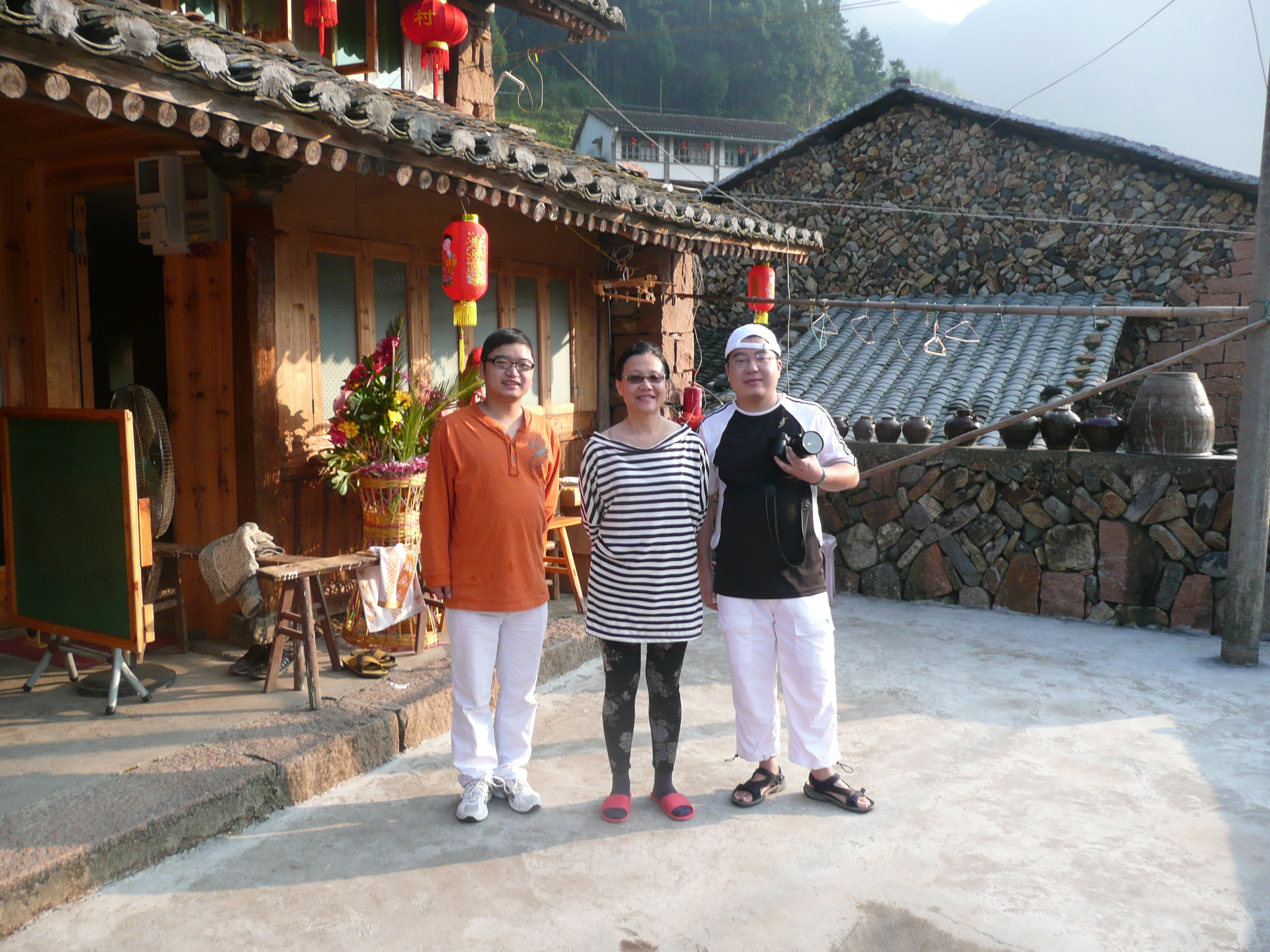Direct Relief Sends More Coronavirus Medical Supplies to China
UCSB Professor Works with Santa Barbara–Based Nonprofit to Deliver Protective Gear to Hospitals Battling Epidemic

Mayfair Yang’s specialty is cultural anthropology and religious studies in the Wenzhou region of China, a topic she’s studied for 30 years, many of them on the UC Santa Barbara campus. She knew how actively the commercial life of the area, located on the southeast coast of the country, depended on workers from nearby Hubei Province. When the coronavirus hit right before New Year’s in China, she asked her colleagues overseas if they needed any help. “Desperately,” was the reply.
This afternoon, a shipment of medical supplies, chiefly protective gear, will be leaving Direct Relief — the medical aid nonprofit’s eighth to China — to be flown for free by a Federal Express jet to Wenzhou Central Hospital. Coveralls and hazmat suits to cover the entire body, hospital gloves and shoe covers, and face masks of different types, including the N95, are all in very short supply, said Yang. Ironically, she noted, they were made in China. From Wenzhou’s main hospital, the protective gear will fan out to a network of 10-12 hospitals in the region.
The medical system in China is under an enormous strain, said Yang, with doctors from across the country being called to treat residents in the city of Wuhan and in Hubei Province, where the viral epidemic broke out at the end of December. The 19 pallets coming from Direct Relief are important for doctors and nurses, Yang said, as so many medical personnel were becoming sick from repeated exposure to the virus. Last Friday, the doctor who first identified that an unusual virus was circulating, Dr. Li Wenliang, died, to a great outcry from the Chinese citizenry, who criticized the government for initially suppressing his findings.
As of February 13, the World Health Organization reported more than 46,000 people were sickened with the virus in China, and that 1,368 people had died, but media reports today put the number of sick at more than 60,000. The reported increase in Wuhan of more than 14,000 patients in a single day was extraordinary.
In the U.S., the Centers for Disease Control is testing hundreds of samples. In Ventura, the sample sent a week ago was just confirmed to be negative this afternoon, according to the county’s public health officers, who said there are no confirmed cases or pending cases of the novel coronavirus in Ventura County.
Yang said that in Wenzhou, there was concern over the accuracy of the government’s numbers. The major increase reported by China, according to today’s WHO update, is linked to the usage of clinical diagnoses rather than laboratory results. The world agency is holding off incorporating those numbers until more is known. In the 447 confirmed cases outside China, 170 were tracked: 89 percent had not led to further disease; of 19 others, infection in six countries occurred that were linked to conferences and a ski trip; 16 other cases in four countries had no clear route of infection.
In the United States, the number of people infected has risen to 15, with the three newest patients among those held in a 14-day quarantine at military bases after an airlift from Wuhan. In a press conference last week, the Centers for Disease Control’s Dr. Nancy Messonnier said they couldn’t put a percentage on the death to illness ratio, but as of February 5, the 11 patients identified were improving. The people removed by the U.S. State Department from Wuhan were quarantined at California’s Travis and Miramar bases, at Lackland in Texas, and at Eppley in Nebraska. Messonnier said the precautions were common-sense public health steps, part of the CDC’s preparations should a global pandemic be declared. She stated that, given the relatively small number of cases, the disease threat in the U.S. was considered low.

On Tuesday, WHO gave the Wuhan virus a name — COVID-19, for coronavirus 2019. Recognizing the increased scale of COVID-19, on Wednesday the international health organization appointed Dr. Mike Ryan to lead a crisis management team that includes the United Nations, the World Bank, and international shipping, aircraft, and food organizations.
Another concern in China is that a second wave of virus carriers may hit when the New Year holiday ends in mid-February, said Dr. Yang, who directs the Confucius Institute at UCSB as well as being a full-time professor in the school’s departments of Religious Studies and East Asian Studies. Workers who returned to their hometowns will be journeying back to their jobs in other cities, potentially bringing disease with them.
It’s a dilemma, she said. “You can’t have a lockdown and quarantine forever. It may stem the disease, but the economy takes a giant hit. They can’t have that either.”
The shipment from Santa Barbara, said Yang, is a boost for spirits in Wenzhou, where 9.5 million people live. Her friend Gang Zhou “went into hyperdrive,” she said, to do the groundwork to make sure the shipment could arrive: finding out what the hospitals needed, filling out forms, getting translators, and dealing with customs.
The main city is in partial lockdown, with households issued permits that allowed only one person out at a time. Outsiders were viewed as potential disease carriers, and small towns had blocked their roads. People had been feeling discouraged in the face of the overwhelming crisis, said Yang. But knowing that people in the United States were eager to help strangers was giving everyone a boost, the hospital’s director, Dr. Jun Sun, commented. “The news that people were reaching out from across the seas,” said Yang, “is helping to galvanize the struggle against this virus.”



You must be logged in to post a comment.